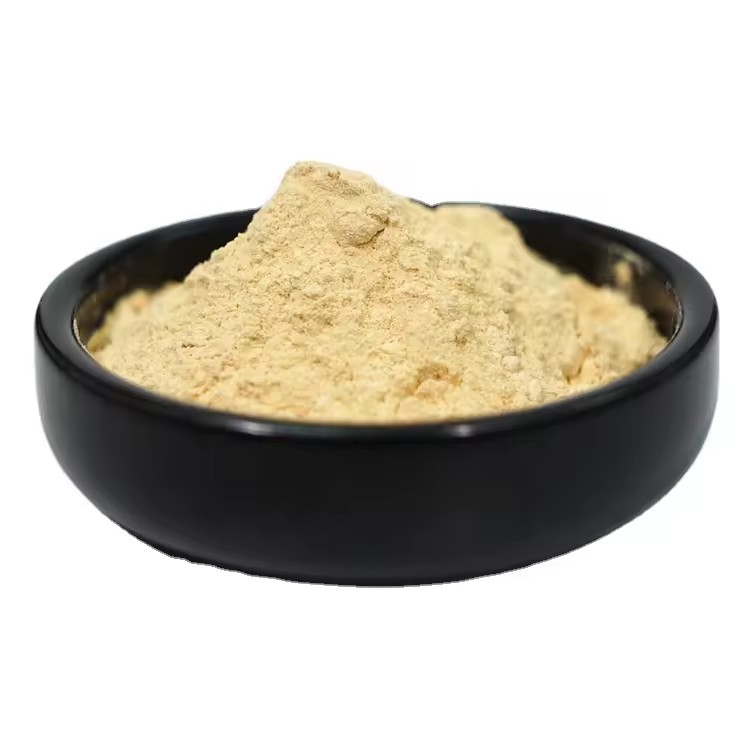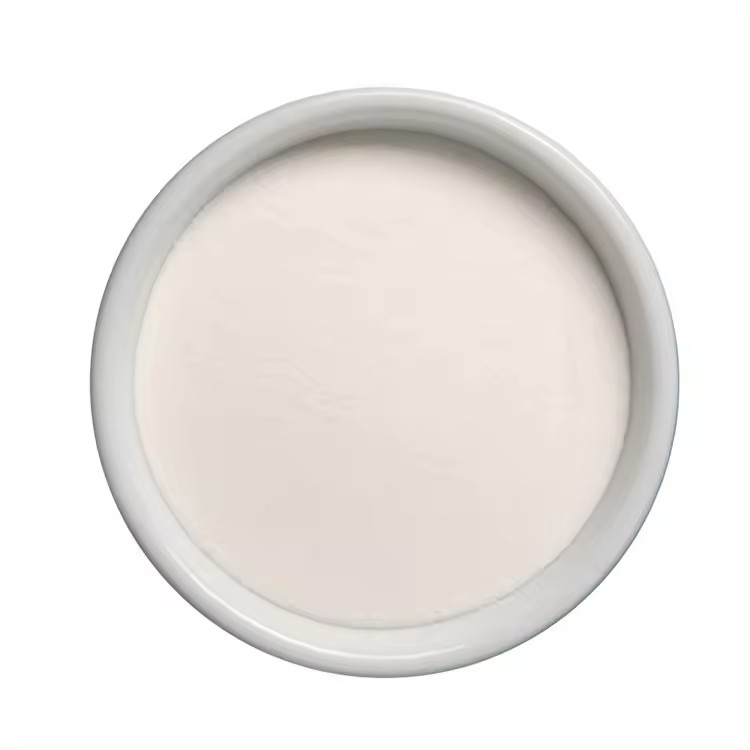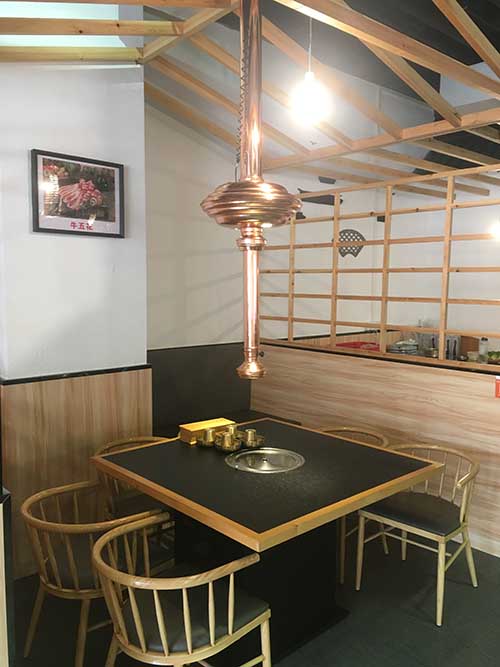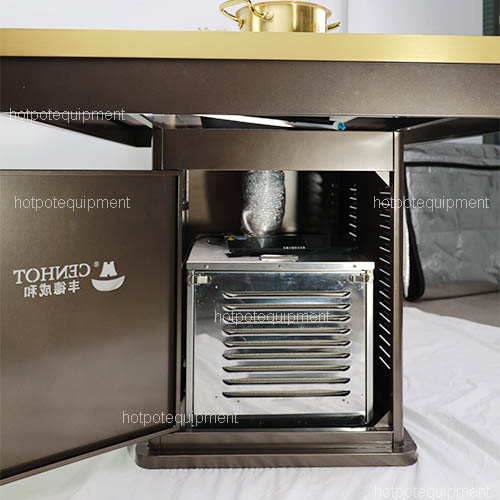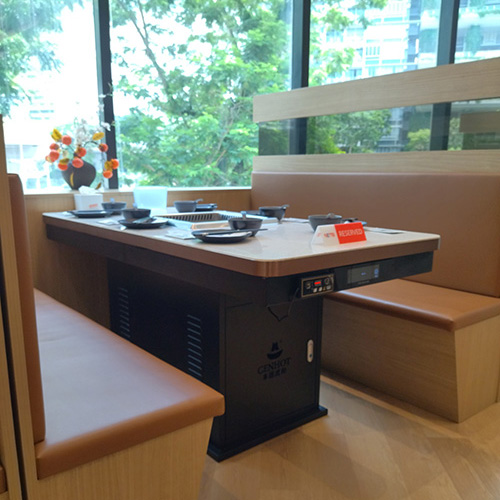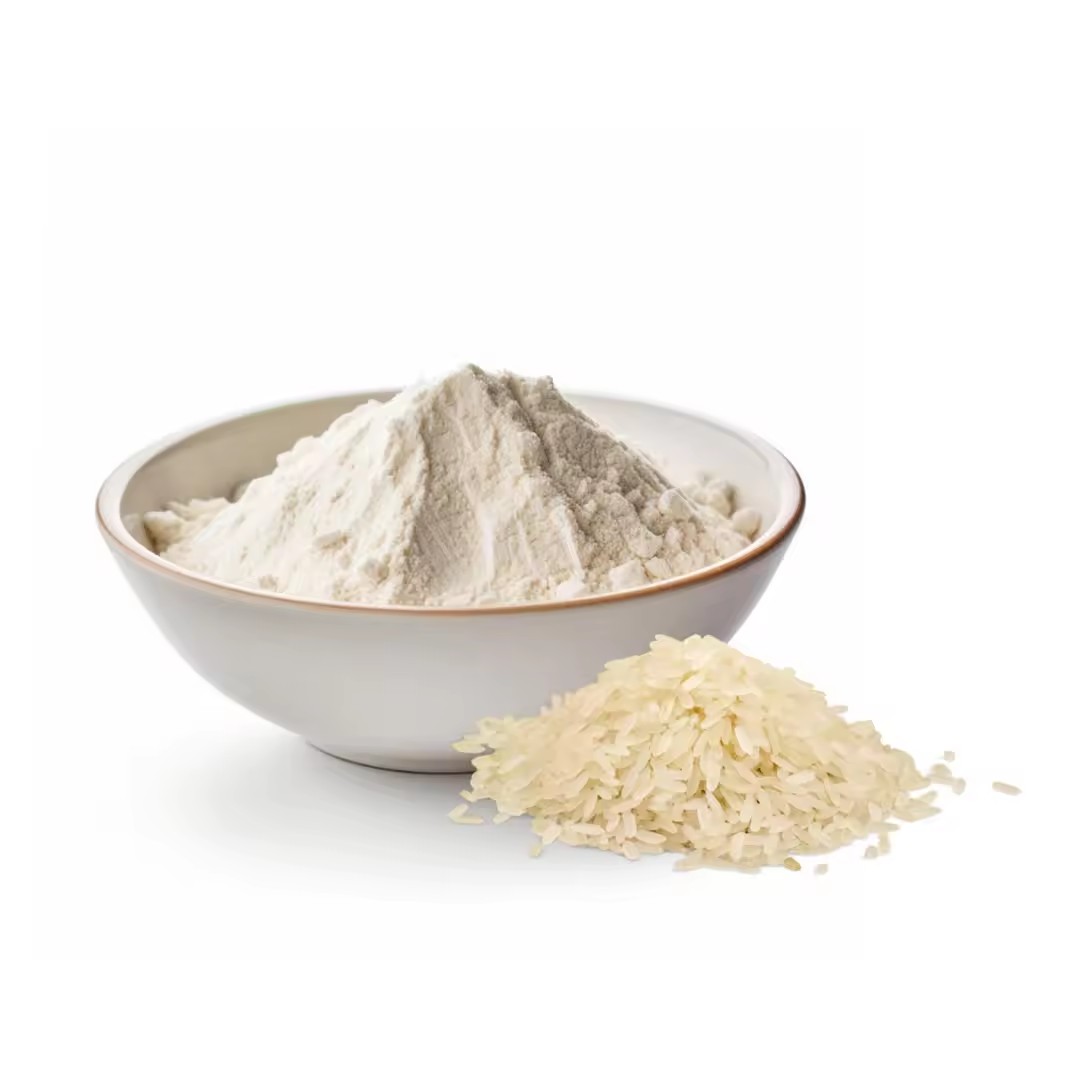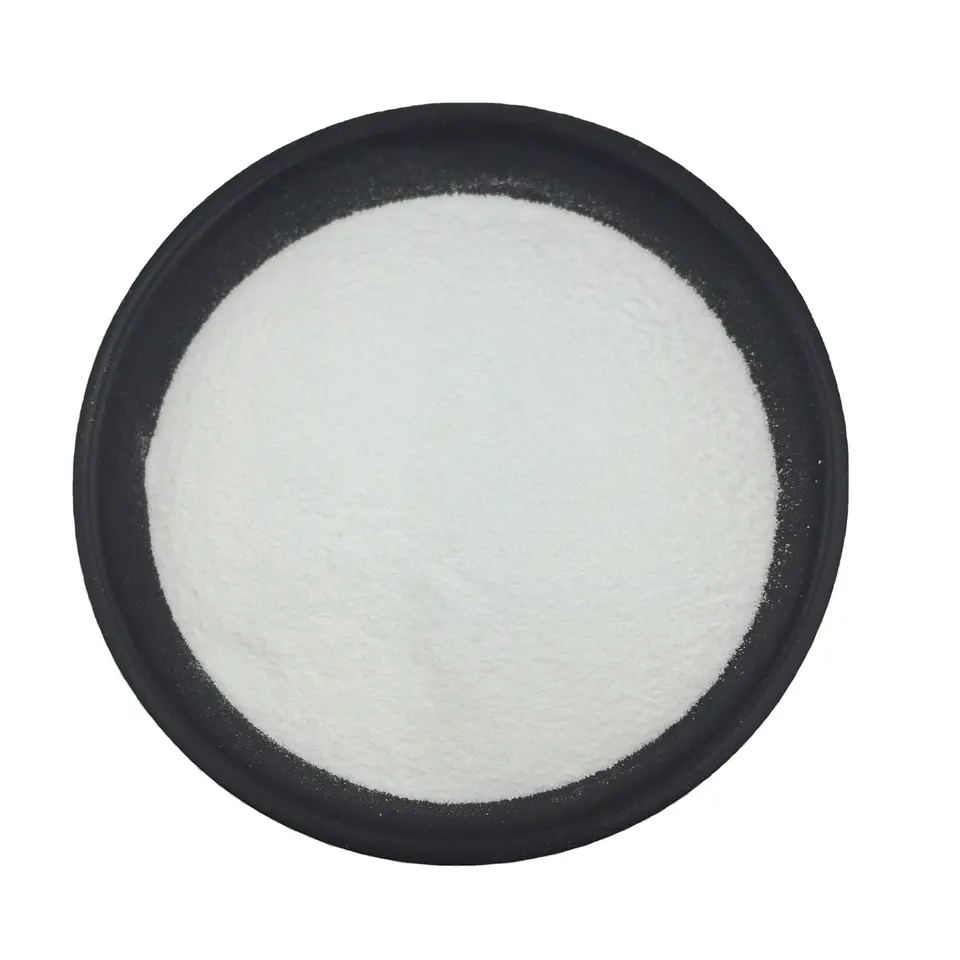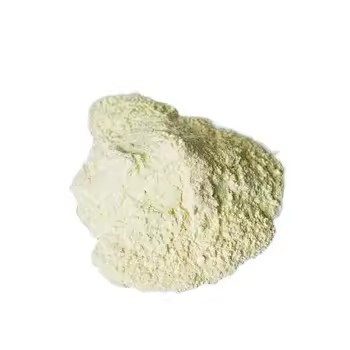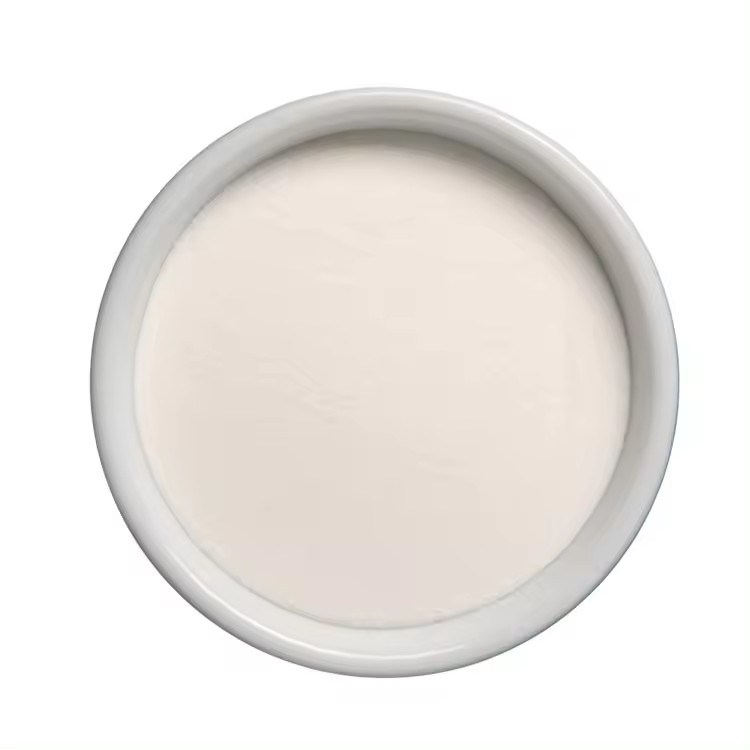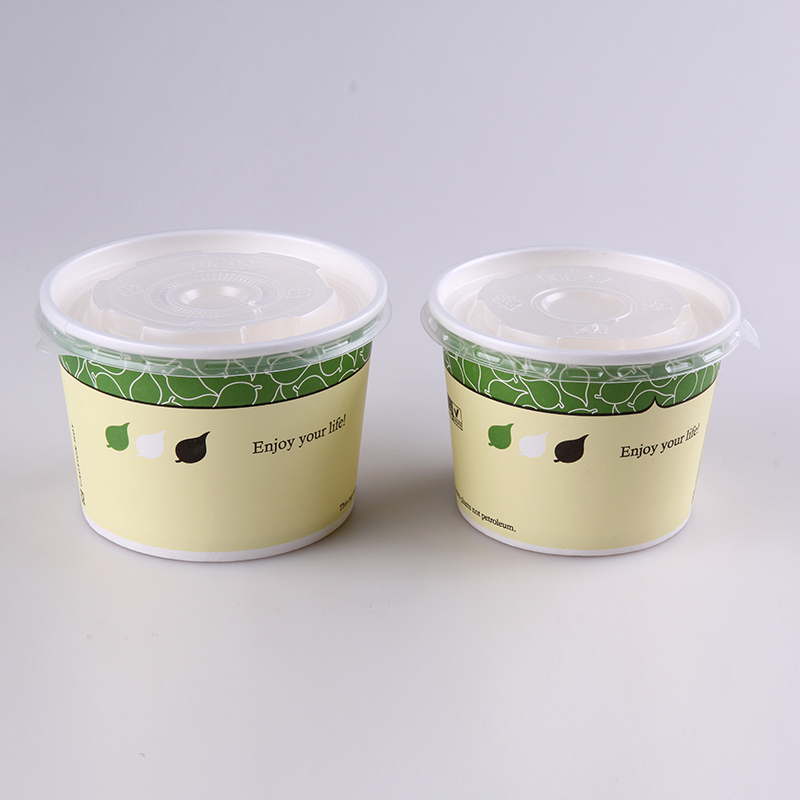proteins are the basis of life and have a vital role in the human body. The following are the main effects and functions of proteins:
1. Composition of human tissues
Proteins are the basic substances that make up the cells, tissues and organs of the human body. For example, muscles, internal organs, blood, skin, bones, etc. all contain large amounts of proteins. These proteins play a role in structural support in the human body and are the basis for maintaining the form and function of the human body.
2. Maintaining the normal metabolism of the body
Proteins are involved in a variety of biochemical reactions in the body and are components of enzymes, hormones and other biologically active substances. These substances play an important role in regulating the body's metabolism and maintaining the stability of the internal environment.
3. Transportation function
Many substances in the body, such as oxygen, carbon dioxide, nutrients, etc., need to be transported through the carrier composed of proteins. For example, hemoglobin can transport oxygen to all tissues of the body, and apolipoprotein is responsible for transporting fat.
4. Immune function
Proteins also play an important role in the immune system. Antibodies are special proteins that recognize and bind to foreign pathogens, thus helping the body to fight off infections. In addition, proteins are involved in constituting immune cells, such as T cells and B cells, which play a key role in the immune response.
5. Provide energy
Although protein is not the body's main source of energy, under special circumstances, such as prolonged starvation or after strenuous exercise, protein can also be broken down to produce energy for the body to use.
6. Promotes growth and development
Protein is particularly important for the growth and development of children. It is an important component of bones, muscles and other tissues, and plays an important role in promoting children's height, weight growth and organ development.
7. Maintenance of acid-base balance and plasma osmotic pressure
Proteins in the blood, such as albumin, maintain the acid-base balance and osmotic pressure stability of the blood. This is important for maintaining the stability of the internal environment as well as the normal function of various tissues and organs.
To summarize, protein not only constitutes our body, but also plays an indispensable role in maintaining life activities. Therefore, reasonable protein intake is important for maintaining human health.
